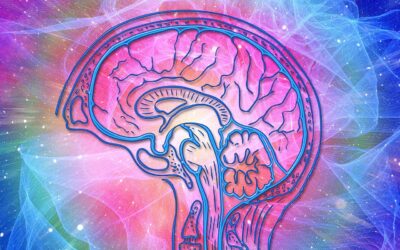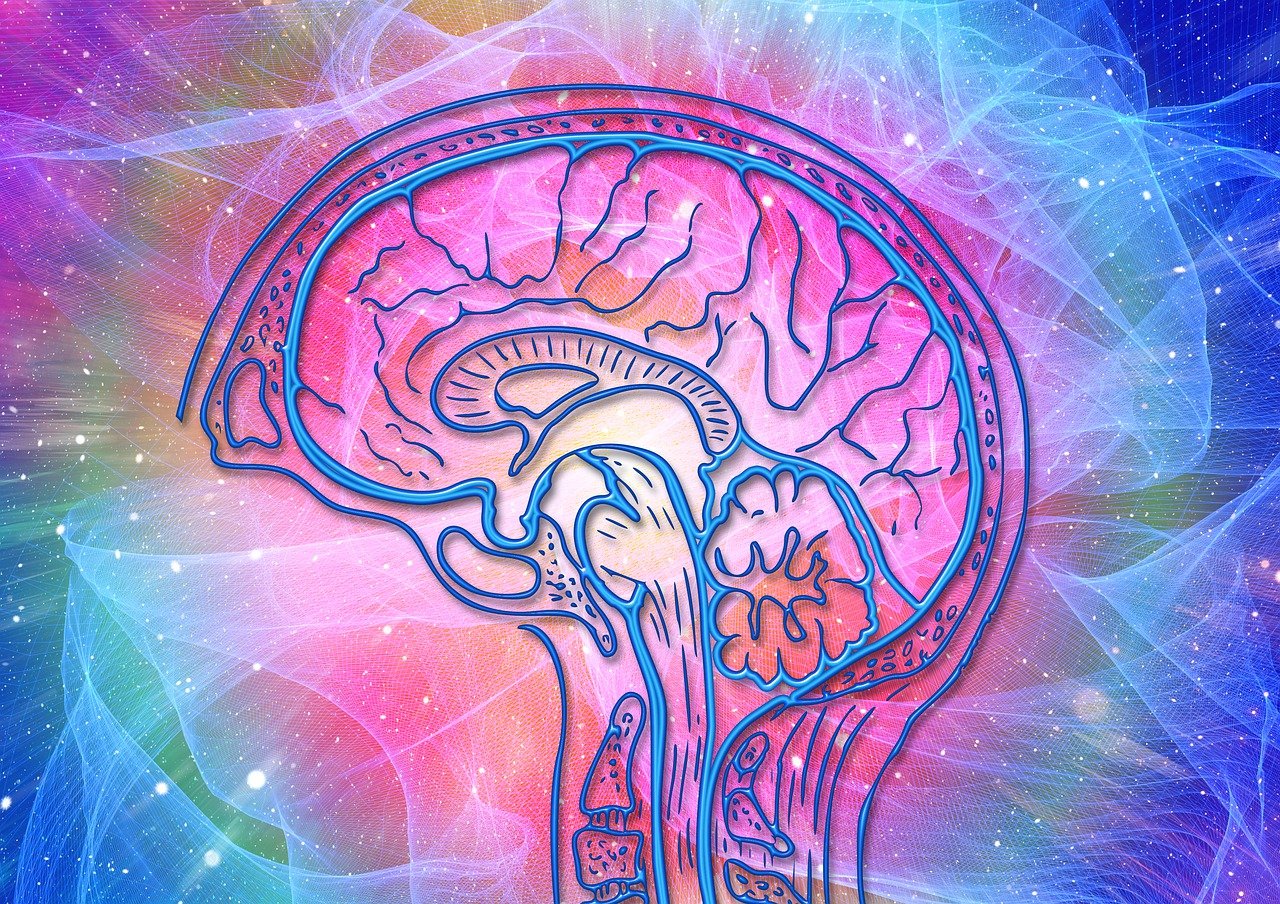The AI Toolbox: Concepts for the Curious Mind

Artificial Intelligence (AI) is no longer just a futuristic concept; it has become an integral part of our daily lives, from personal assistants like Siri and Alexa to complex algorithms driving innovation in medicine, finance, and even creative industries. For those curious about how AI works, understanding the core concepts behind it is essential. The “AI toolbox” comprises a range of tools, techniques, and approaches that power AI’s capabilities.
In this article, we’ll explore some foundational concepts of AI, offering insights into how these tools work and how they are shaping the world around us. Whether you’re a beginner or just looking to deepen your understanding, this guide will walk you through key ideas that make AI both fascinating and impactful.
1. Machine Learning: The Core of AI
At the heart of AI is machine learning (ML), a branch of AI that enables machines to learn from data and make predictions or decisions without explicit programming for every task. Traditional programming involves coding rules for machines to follow, but machine learning flips that approach by allowing algorithms to learn patterns from large datasets.
- Supervised Learning: This is the most common form of machine learning, where the algorithm is trained on labeled data. For example, if you want a machine to recognize cats in pictures, you would feed it thousands of labeled images (cat vs. non-cat), and the model learns to identify patterns associated with cats.
- Unsupervised Learning: Unlike supervised learning, unsupervised learning deals with unlabeled data. The goal here is for the machine to find hidden patterns or groupings in the data. A typical application is clustering, where data points are grouped by similarities (e.g., customer segmentation in marketing).
- Reinforcement Learning: This form of learning involves training algorithms through trial and error. The system receives feedback in the form of rewards or penalties based on the actions it takes. Over time, it learns the best strategies to maximize its rewards. This method is popular in gaming AI and robotics, where machines learn by interacting with their environments.
2. Neural Networks and Deep Learning: Mimicking the Brain
Neural networks are a key tool in the AI toolbox, inspired by the human brain’s network of neurons. These artificial neural networks are designed to process data in layers, where each layer transforms the input data into increasingly complex representations. When these networks have many layers, they become deep learning models, which have revolutionized AI in areas like image recognition, natural language processing, and voice recognition.
Neural networks work by adjusting weights between neurons based on the data they process, allowing the model to improve its accuracy over time. For example, deep learning has made significant advances in facial recognition, enabling AI systems to differentiate between individuals with high accuracy.
Applications of deep learning include:
- Image and Video Recognition: Deep learning models can identify objects, scenes, and even emotions from images and videos.
- Natural Language Processing (NLP): Models like GPT-4 (which powers this article) use deep learning to understand and generate human language with remarkable fluency.
3. Natural Language Processing (NLP): Understanding and Generating Human Language
Natural Language Processing (NLP) is the branch of AI focused on enabling machines to understand, interpret, and generate human language. This technology is behind everything from chatbots to translation services, making it an essential component in the AI toolbox for applications that require human-machine interaction.
Key concepts in NLP include:
- Tokenization: Breaking down text into smaller units, such as words or phrases, so that machines can process them.
- Sentiment Analysis: Determining the emotional tone behind a piece of text, such as whether a review is positive or negative.
- Text Generation: This involves AI generating coherent and contextually appropriate text, as seen in applications like automated content creation, writing assistants, and conversational agents.
The advancements in NLP have led to more sophisticated AI applications, such as virtual assistants (e.g., Siri, Google Assistant), which can interpret voice commands and interact with users in natural, conversational ways.
4. Computer Vision: AI’s Eyes on the World
Computer vision allows AI to interpret and understand the visual world. Using algorithms and models, computer vision processes images and videos, identifying objects, people, or even activities. This technology is pivotal in industries like healthcare (for medical imaging), automotive (for autonomous vehicles), and security (for surveillance systems).
Some core computer vision tasks include:
- Image Classification: Assigning labels to images based on the objects they contain (e.g., cat, dog, car).
- Object Detection: Identifying and locating objects within an image or video frame (e.g., detecting pedestrians on the road in self-driving cars).
- Facial Recognition: Identifying or verifying a person based on their facial features, which is used in security systems and even social media tagging.
The combination of computer vision with machine learning has enabled AI to process visual data at incredible speeds and accuracy, making it one of the most exciting and rapidly evolving fields within AI.
5. AI Ethics: Navigating the Challenges of AI’s Impact
While AI brings immense possibilities, it also raises important ethical questions. As AI becomes more integrated into decision-making processes—whether in hiring, law enforcement, or medical diagnoses—concerns around bias, privacy, and accountability grow.
- Bias in AI: Machine learning models are only as good as the data they are trained on. If this data reflects societal biases (such as racial or gender biases), the AI will learn and perpetuate those biases. For example, biased training data has led to facial recognition software performing worse on people of color.
- Privacy Concerns: With AI’s ability to analyze vast amounts of personal data, there are increasing concerns about privacy. AI applications that collect and process personal information, such as voice assistants or social media algorithms, must handle data responsibly to protect users’ privacy.
- Accountability: Who is responsible when an AI makes a mistake? In cases of autonomous vehicles or AI-driven medical decisions, this question becomes critically important. Establishing clear guidelines for accountability is an ongoing challenge in the development and deployment of AI technologies.
Understanding AI ethics is crucial for anyone curious about the future of AI. It challenges us to think about how AI should be developed, deployed, and regulated to ensure that it benefits society while minimizing harm.
6. Robotics and AI: Bringing Intelligence to Machines
Robotics and AI are increasingly intertwined, with AI providing the “brains” behind many robotic systems. From autonomous drones to warehouse robots, AI is enhancing the capabilities of machines to interact with the physical world in intelligent ways.
Key applications of AI in robotics include:
- Autonomous Navigation: AI enables robots to navigate complex environments without human intervention. This is critical in industries like logistics (e.g., Amazon’s warehouse robots) and self-driving cars.
- Human-Robot Collaboration: AI-driven robots are increasingly working alongside humans in factories, hospitals, and even homes. These robots can learn tasks, assist with heavy lifting, or perform repetitive jobs with precision, improving efficiency and safety.
The combination of AI and robotics is leading to significant advancements in industries ranging from healthcare (e.g., surgical robots) to agriculture (e.g., automated harvesters).
7. AI in Creative Fields: The Art of Machine Intelligence
AI is now being applied in creative fields, generating artwork, composing music, and even writing stories. While traditionally considered a human domain, creativity is being explored through AI in fascinating ways.
- Generative Adversarial Networks (GANs): GANs are a type of machine learning model that can generate new data based on training data. For example, GANs can be used to create realistic-looking images, design clothing, or even generate new music.
- AI-Assisted Creativity: Tools like DALL·E (an AI image generator) and Jukedeck (an AI music composer) allow artists, designers, and musicians to collaborate with AI, using algorithms to push creative boundaries.
AI’s role in creative industries challenges traditional ideas of what it means to be creative and opens new possibilities for artistic expression. While some fear that AI could replace human creativity, it is more likely to serve as a tool that augments and expands human potential.
8. AI Tools and Libraries: Building Blocks for Innovation
For those interested in working with AI, there are numerous tools and libraries available that make building AI applications accessible.
- TensorFlow: An open-source platform for machine learning, TensorFlow is widely used for developing and training deep learning models.
- PyTorch: Another popular library, PyTorch offers flexibility and ease of use for researchers and developers working on machine learning projects.
- OpenAI Gym: A toolkit for developing and comparing reinforcement learning algorithms, OpenAI Gym provides environments for training and testing AI models.
These tools allow developers, researchers, and curious minds to experiment with AI models, explore new applications, and contribute to the growing field of artificial intelligence.
Exploring the AI Toolbox for a New Era
The AI toolbox is filled with powerful concepts and technologies that are transforming the way we live, work, and create. From machine learning and neural networks to robotics and natural language processing, AI’s capabilities are vast and continually expanding.
For the curious mind, diving into AI offers a journey into one of the most exciting fields of modern technology. Whether you’re interested in how AI can solve complex problems, enhance creativity, or shape the future, understanding the key tools and concepts behind artificial intelligence is the first step toward unlocking its potential.









